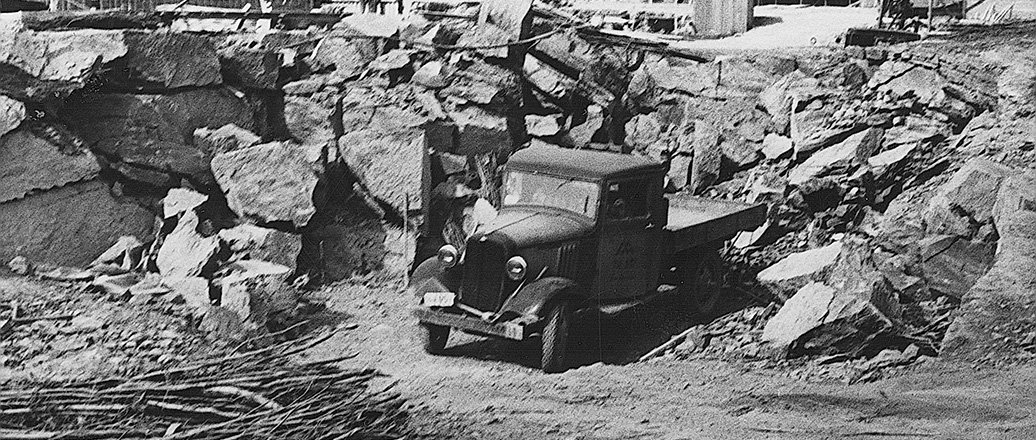In 1940, a production plant for magnesium alba (magnesium carbonate) was under construction at Hydro's industrial site at Herøya, near Porsgrunn, Southern Norway. The product was to be used as a dusting material in the production of magnesium metal. However the surprise invasion by German forces in April 1940 changed the course of developments.
The German air force, the Luftwaffe, was a large consumer of aluminum and magnesium in the 1930s. Even before the outbreak of war, plans were drawn up to exploit industries in countries that were to be occupied. A short time after the invasion of Norway, Germany prepared plans for a major expansion of the light metals industry there. Porsgrunn was one site; Årdal was another.
Big plans for Herøya
There were plans to build an aluminum plant and a magnesium plant at Herøya. A new hydroelectric power project was initiated to provide electricity to the site. Earlier, Hydro had tried unsuccessfully to attain a licence for German magnesium technology. Now the situation had changed dramatically. IG Farben's electrolytic process, using sea water as raw material, was chosen.
Formally, the work was channeled through a company named Nordisk Lettmetall (Nordic Light Metals). The owners were Hydro, IG Farben and Nordag, which represented the German aviation ministry. Construction proceeded, but slower than planned. The plans had to be altered, and were now to include oxide plants for aluminum and magnesium. These were to come on stream in the autumn of 1943.
Updated: May 15, 2024






